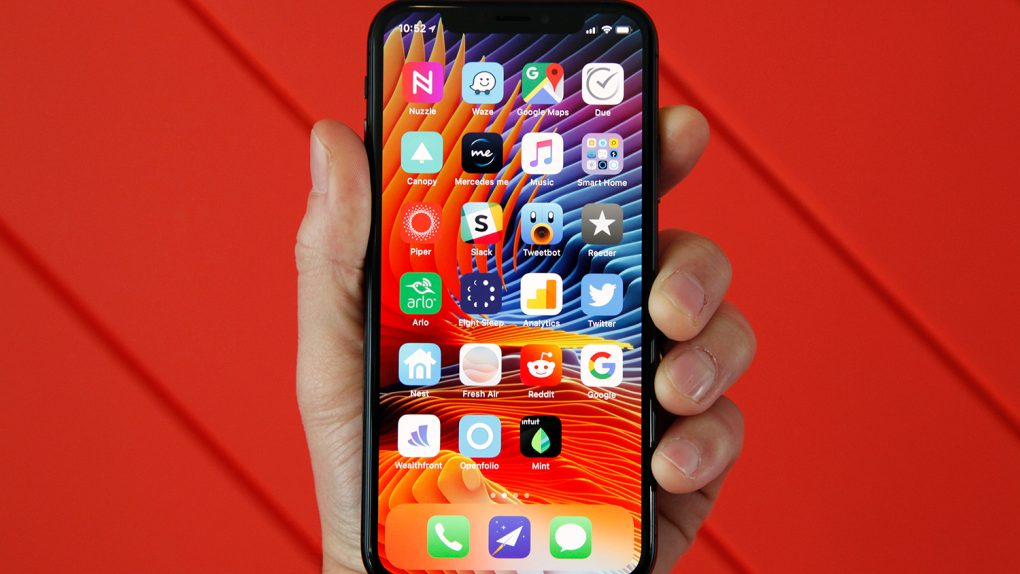After 10 years of iPhone, it’s still Apple’s number-one product, and one that’s at the forefront of smartphone innovation. Apple rivals could very well take the lead, but they consistently fail to set the pace in the industry. And that’s even though the features of the latest iPhone may have been available on Android first.
A new report says that the best iPhone to date, the iPhone X, will force everyone to copy Apple once again.
The best iPhone X feature is its design. Apple reimagined the form factor it first introduced in 2014, equipping the handset with an all-screen display. The removal of the physical button forced it to develop the Face ID facial recognition system, which uses a complex array of cameras and sensors to measure depth and read the user’s face in 3D.
That Face ID camera, which Apple calls a TrueDepth camera, is what caused all the iPhone X shortages at launch. It’s also the component that Android makers will copy next. Huawei already did it, but other big names in the industry are working on their own 3D facial recognition cameras.
Facial recognition has been available on Android for years. But nobody has a facial recognition system as sophisticated and as secure as Apple.
In the years to come, this will change, TrendForce’s LEDinside division revealed in a research note. The analysts say that many smartphone makers have been developing 3D-sensing embedded devices since Apple launched the iPhone X this fall.
As a result, the value of the global infrared laser projector market for mobile 3D sensing will reach $246 million this year, growing to almost $2 billion in 2020.
LEDinside believes that smartphone makers will use 3D components in both front and back cameras. The front-facing 3D cameras will handle Face ID-like face recognition features, while the 3D rear cameras should improve augmented reality experiences on smartphones.
Component makers including Lumentum, Finisar, Princeton Optronics, NeoPhotonics, Philips Photonics, OSRAM OS are increasing production.
Companies including Apple’s PrimeSense, Mantis Vision, Qualcomm, Himax, and Intel are working on structured light technology — that’s the kind of technology that powers Face ID on the iPhone X. Meanwhile, STMicroelectronics, Google, Infineon, MicroVision, Orbbec, are developing time of flight (ToF) technology for AR purposes.
Companies including Apple, Samsung, Asus, Xiaomi, Lenovo, Huawei, Oppo, and others are expected to release new phones featuring 3D cameras in the coming years.
And it’s all thanks to the iPhone X’s notch.








